Search

Wind Damage to Pole Barns: Things To Know
Windstorms can cause significant damage to agricultural structures, including post-frame buildings, also known as pole barns. Learn some expert tips for protecting, inspecting and repairing these structures in the aftermath of a storm.

Barley yellow dwarf developing in winter wheat.
Barley yellow dwarf is starting to develop in winter wheat. Barley yellow dwarf is caused by the Barley yellow dwarf virus (BYDV). This disease usually becomes more distinct at flag leaf emergence. A typical symptom of Barley yellow dwarf is the purplish-yellow color of infected leaves, especially the flag leaf.
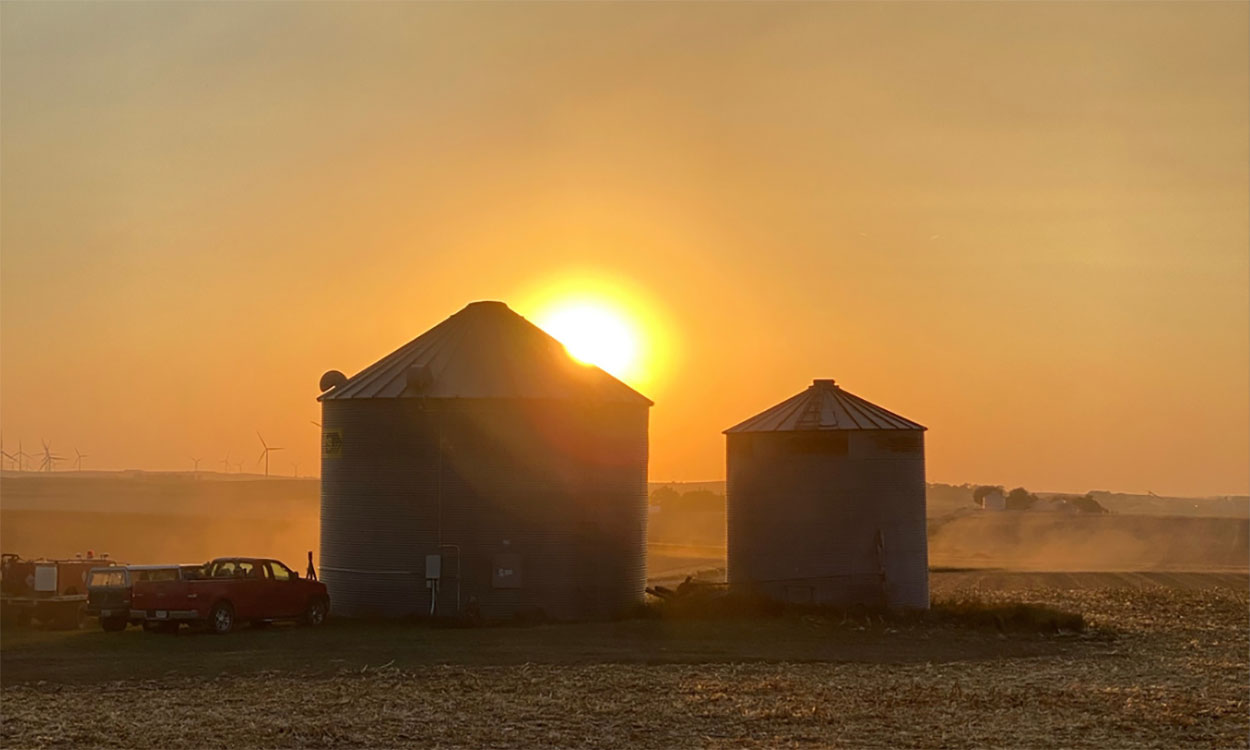
Inspecting Grain Bins After a Windstorm
Due to their high profile and light structure, metal grain bins are highly susceptible to wind damage. View a step-by-step guide for inspecting them in the aftermath of a windstorm.

SDSU Extension to Host West River Field School June 29
June 08, 2022
The West River Field School will focus on the diverse nature of agriculture in western South Dakota and provide attendees with an opportunity to learn in a hands-on environment with SDSU Extension specialists.
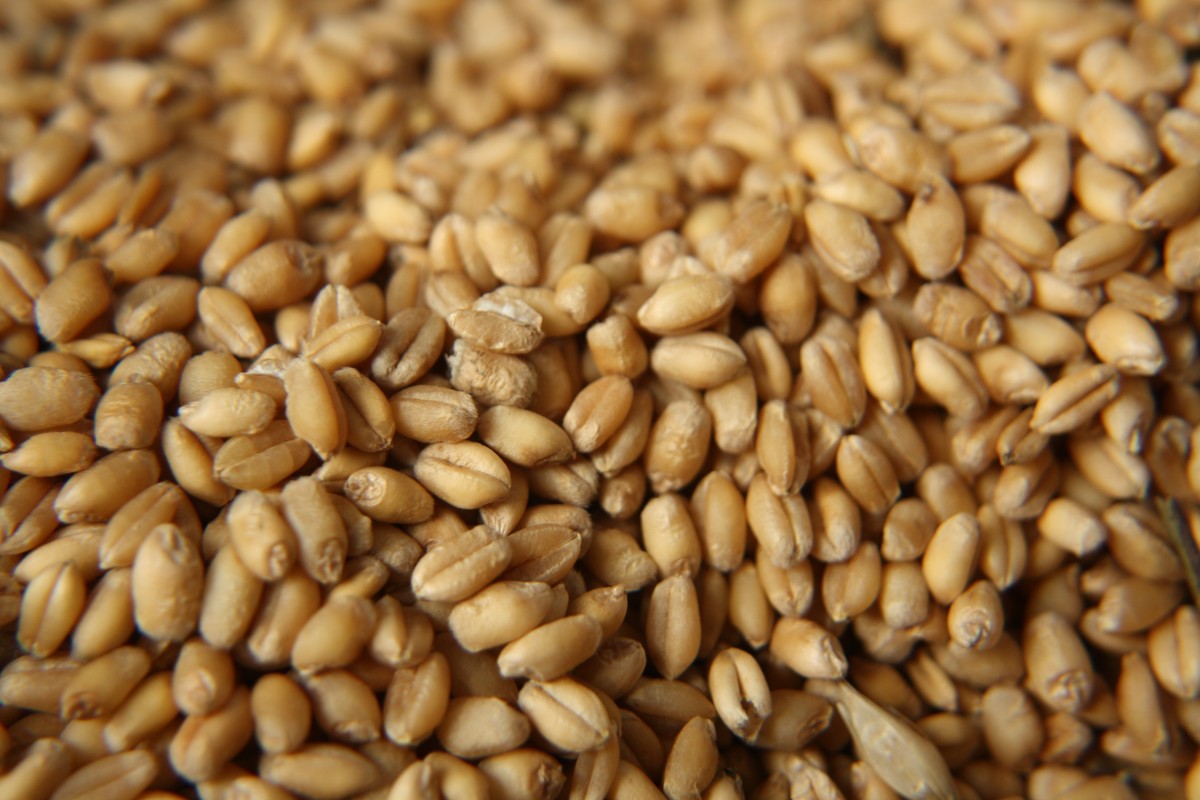
Fungicide Seed Treatments for Winter Wheat
As producers are preparing to plant winter wheat, one of the decisions to make is whether to use a fungicide seed treatment, and if the answer is yes, which product to use.

Boom Sprayer Calibration
Fact sheet on calibrating a boom sprayer to minimize damage to plants and reduce environmental impact

Factors That Influence Plant Development and Growth
Year-to-year variability in climate can result in large swings in annual forage production for livestock producers. Learn some key considerations to observing and mitigating the effects of this variability.
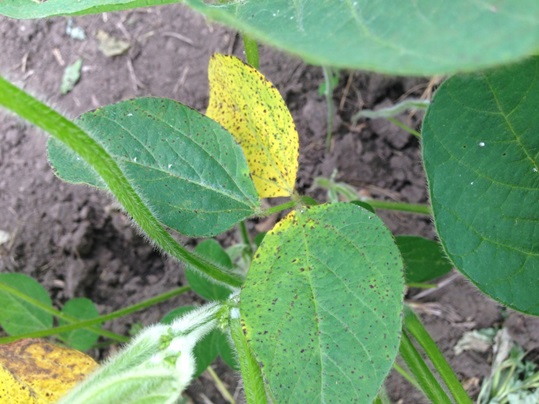
Soybean Diseases Update
A few soybean fields scouted had between low to moderate levels of brown spot (also known as Septoria leaf spot). Soybean planted into soybean stubble had elevated levels of brown spot.
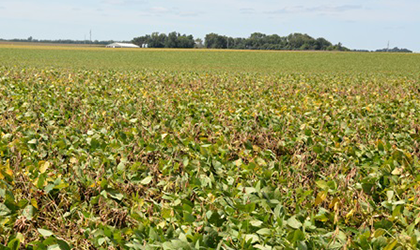
Late-Season Soybean Diseases: Know what’s killing your soybeans
Late-season soybean diseases can sometimes be mistaken for natural senescence. A closer look at the stems and roots of dying plants and the pattern displayed by dead plants in the field may reveal root or stem rots going on. In order to devise effective management practices for future soybean seasons, it is important to determine the cause of early soybean plants death.
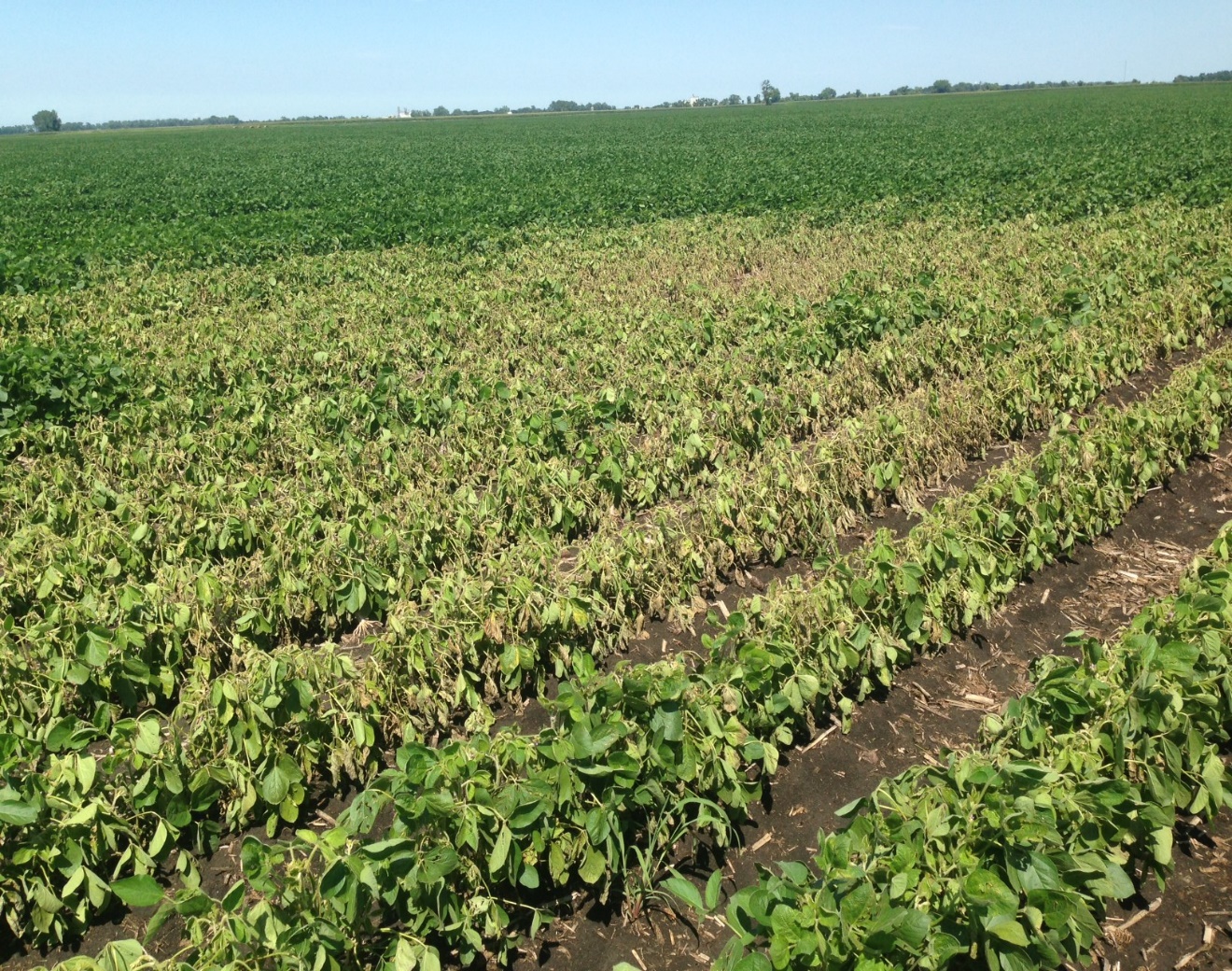
Replanting Considerations
Every season weather events such as hail or flooding can damage or destroy previously planted crops in all or in portions of fields. In May or even early June, many producers will replant these areas. As the end of June approaches, the window for replanting narrows and producers may want to do a more careful evaluation of whether or not to replant.